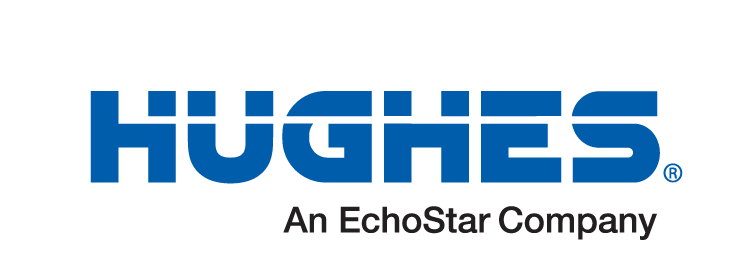Hughes Managed Network Detection and Response
Recognized in the Category:
Photo Gallery
 |
Hughes Managed Network Detection and Response

Additional Info
| Company | Hughes Network Systems |
| Company size | 1,000 - 4,999 employees |
| World Region | North America |
| Website | https://www.hughes.com/what-we-offer/managed-cybersecurity/network-detection-response |
NOMINATION HIGHLIGHTS
Many businesses are struggling to counter modern security threats. Firewalls, even Endpoint Detection and Response (EDR) agents, are not enough to keep a business secure on its own. Hughes Network Detection and Response (NDR) provides a more holistic approach to cybersecurity, and supplements existing technology to catch malicious activity on a network. NDR can close the gap left behind by off-the-shelf solutions that don’t take the time to learn each network.
NDR protects networks by monitoring and analyzing data from network traffic devices, such as switches, routers, and intrusion detection systems. Only a small sliver of traffic needs to be scanned, after which our advanced AI and Machine Learning begin to extrapolate the data until we have 100% visibility into the network. NDR is especially effective at detecting threats and anomalies that try to traverse the network, including lateral movement within the network, such as communicating malicious domains. Oftentimes NDR can prevent attacks before they even occur by recognizing unusual behaviors or by comparing user behavior to previous norms and noticing subtle differences that indicate a potential compromise.
When threats are found, NDR can detect and respond to these threats by quarantining them and alerting security teams to take immediate action. When NDR discovers a threat, it immediately sends notifications to our Security Operations Center (SOC) and quarantines that area of the network to prevent the threat from spreading. For example, NDR can respond by updating firewall rules to block traffic from a suspicious IP address or device. Notifications sent to security personnel at our SOC provide context-rich insights and recommendations, enabling them to take quick action, depending on the severity of the event, before sensitive assets are reached. NDR also covers Internet of Things (IoT) and operational technology (OT) devices.
Key Capabilities / Features
Uses AI to infer 100% network visibility from a small sampling of network traffic to predict threats with minimal resource demand
Is scalable, agnostic and generic to any network size or client architecture, providing full coverage with no gaps and without compromising any section of the network
Provides security teams with granular, unhindered network visibility across legacy, cloud-native, and hybrid environments
Provides visibility to multiple cloud environments
Works across all architecture types to create an integrated environment with total coverage to match any organization’s needs
Monitors IoT devices connected to the network
Does not require installing an appliance or an agent to devices
Is intuitive, easy-to-use, simple, and fast to install
Does not require costly hardware to deploy
How we are different
Hughes NDR has no need for physical or virtual appliances or sensors. Many other cybersecurity solutions (even other NDR solutions) require installation of appliances, which extracts a heavy toll on the customer’s network and bandwidth. Hughes NDR is non-intrusive, agent-less, and seamlessly connects to existing network devices.
Hughes NDR has an unlimited throughput limit and is agnostic to traffic encryption. We use a sample approach that allows us to scale without limit, and because we are only analyzing network metadata, it does not matter what kind of traffic encryption we come across, we can provide visibility and threat prediction to any environment.
While our NDR competitors need to learn the customer’s network from scratch, which takes a few weeks, Hughes NDR AI technology provides every new customer with a pre-trained threat predictor expert immediately upon onboarding. Meaning that it comes pre-trained to handle your network flow.

Vote by Sharing
- Like
- Digg
- Tumblr
- VKontakte
- Buffer
- Love This
- Odnoklassniki
- Meneame
- Blogger
- Amazon
- Yahoo Mail
- Gmail
- AOL
- Newsvine
- HackerNews
- Evernote
- MySpace
- Mail.ru
- Viadeo
- Line
- Comments
- SMS
- Viber
- Telegram
- Subscribe
- Facebook Messenger
- Kakao
- LiveJournal
- Yammer
- Edgar
- Fintel
- Mix
- Instapaper
- Copy Link
Each completed social share counts as a vote for this award nomination.



